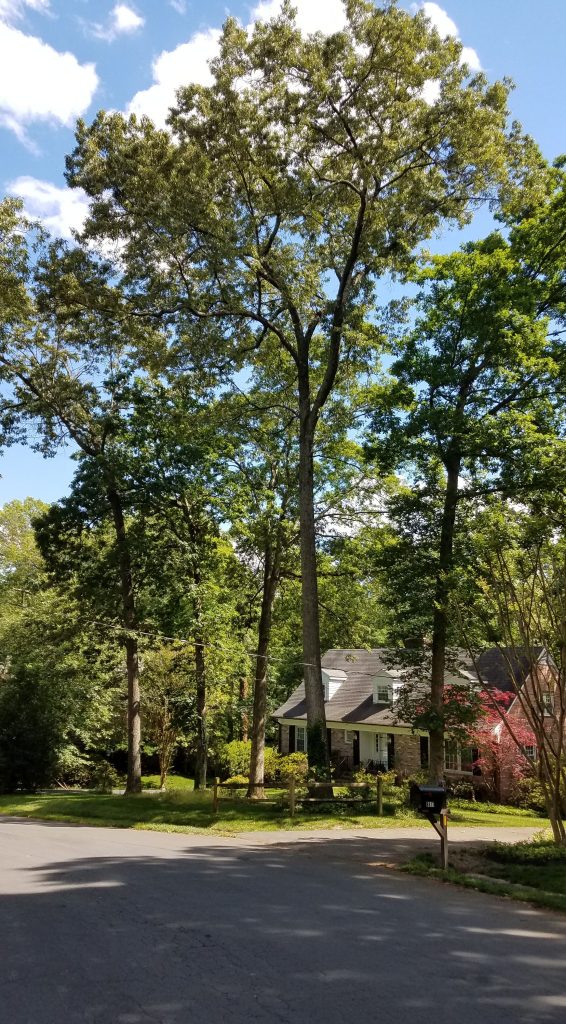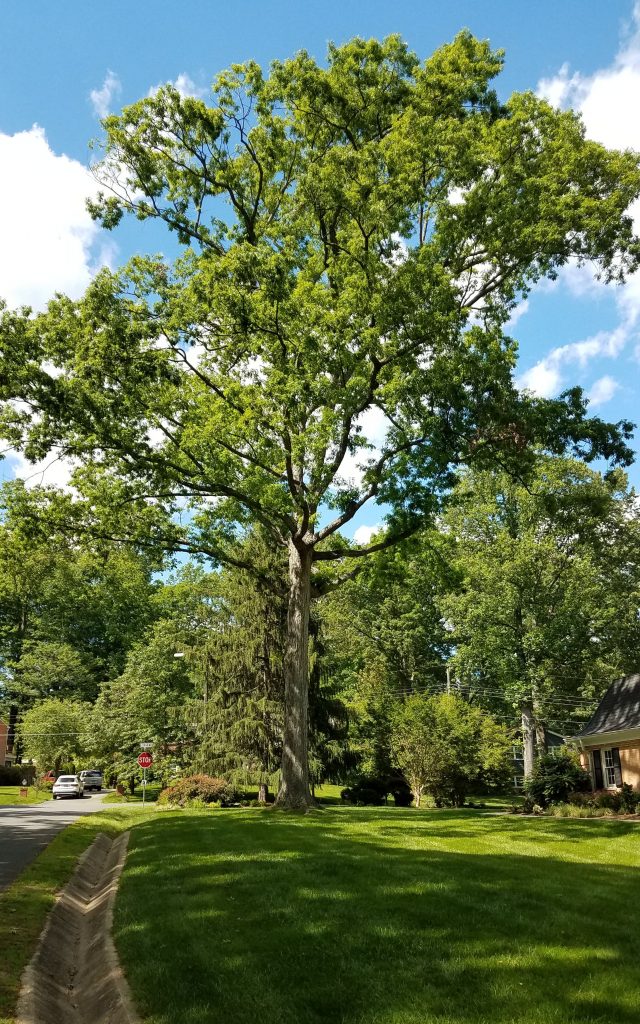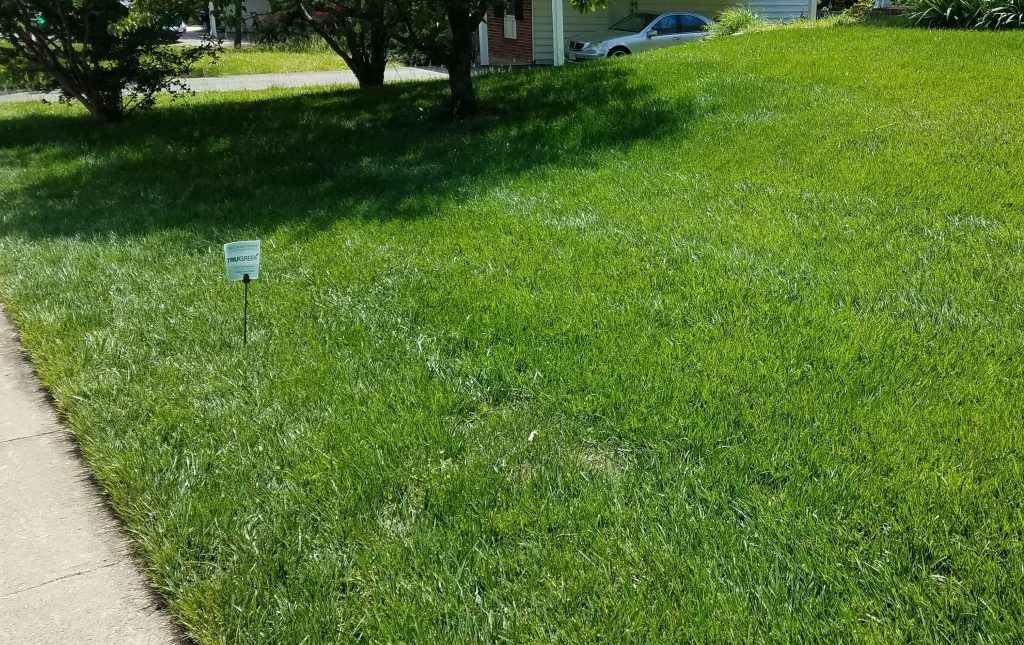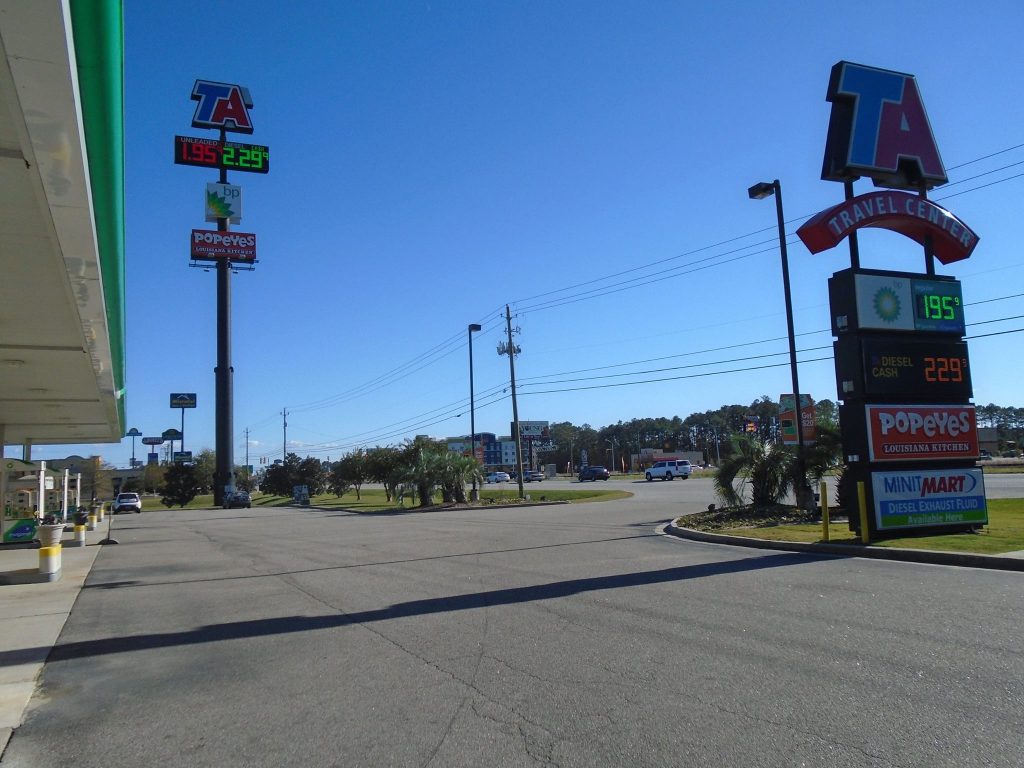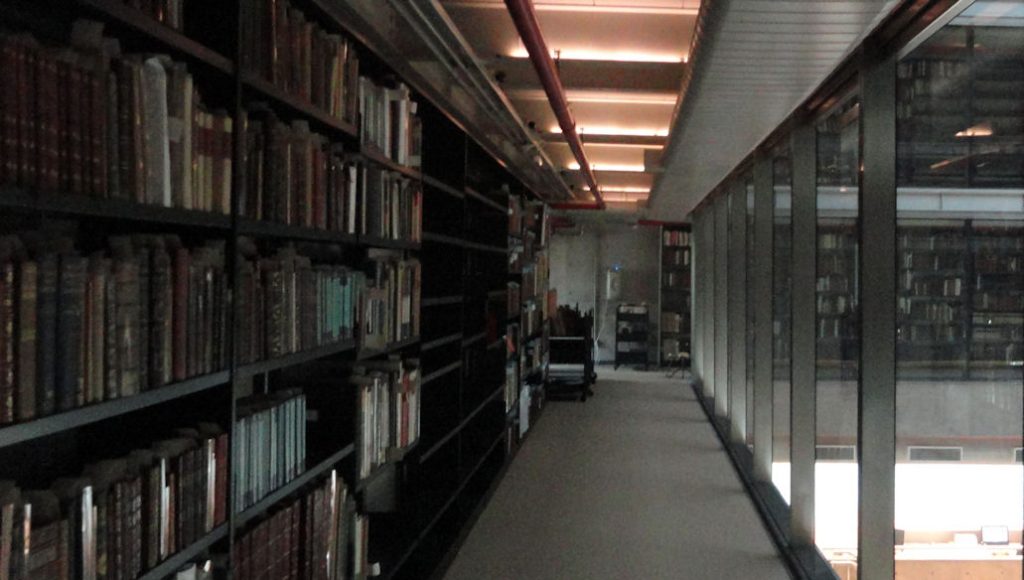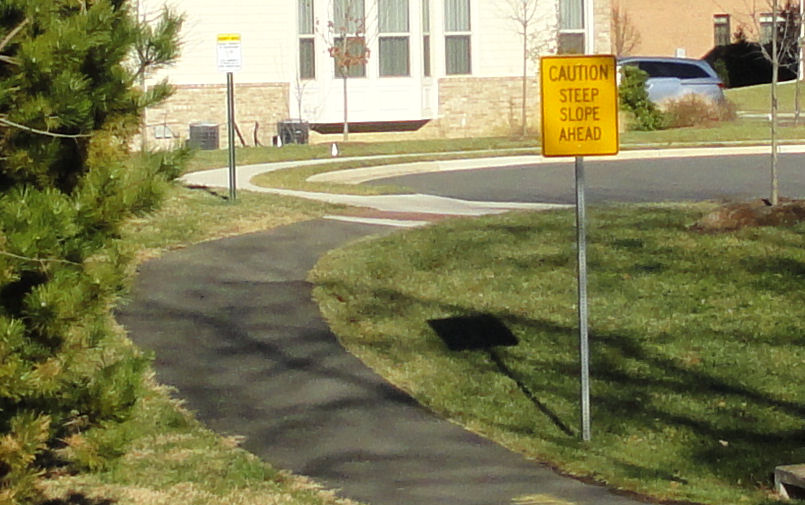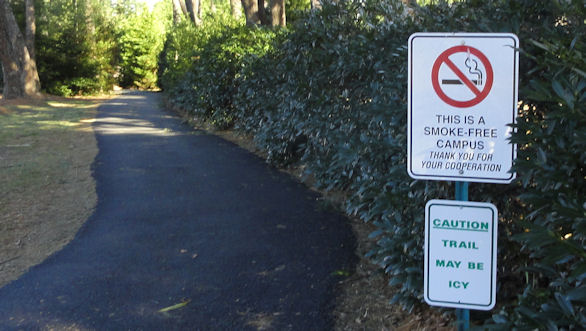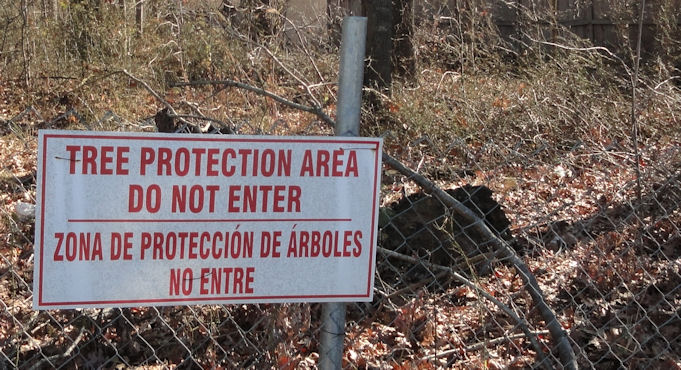
Wonderful spring day. I went for a long walk and listened to audio books, a good combination. I also got to observe changing nature and took some pictures.
I have been thinking about lawns. We have too many “perfect” lawns around here. They are maintained by chemicals and are more like green deserts than living communities. I took pictures of three sorts of lawns. The first is not really a lawn in the traditional sense.
It is Japanese stilt grass a beautiful, but destructive invasive species. It produces a wonderful green “lawn” that prevents the reproduction of forest trees. Normally, a hardwood forest floor like this would not be so green and it certainly would not be such a complete cover.
Next two pictures are the two sort of lawns. One is the chemically maintained one. It looks like a carpet and that is not only a superficial one. The roots do not go down far. There is nothing for pollinators and little for anything else. I hate these lawns. Next is a still neat but less controlled lawn. It features at lot of clover and other low growing “weeds.” Some people do not like clover, since it is non-native. I like clover and so do bees. Its roots go deeper than the turf grass and it does not require the use of any chemicals to maintain it.
Next photos show different sorts of trees common in Northern Virginia. The first is a southern red oak. I started to pay attention to southern red oaks only a few years ago. I thought of it as a variation of the northern red oak. It is, in fact, a significantly different tree. It seems to grow faster than northern red oak, and produces a longer trunk. After that is a white oak. There are lots of big trees in the Virginia suburbs. The last tree is a catalpa. These are fairly common in Virginia, but are not from around here. They are native only to a small area of southern centered on southern Illinois.

